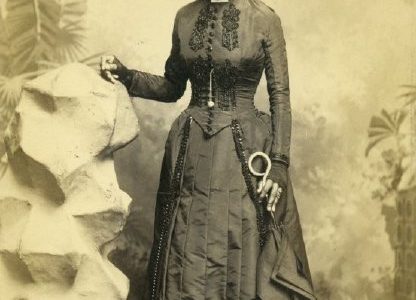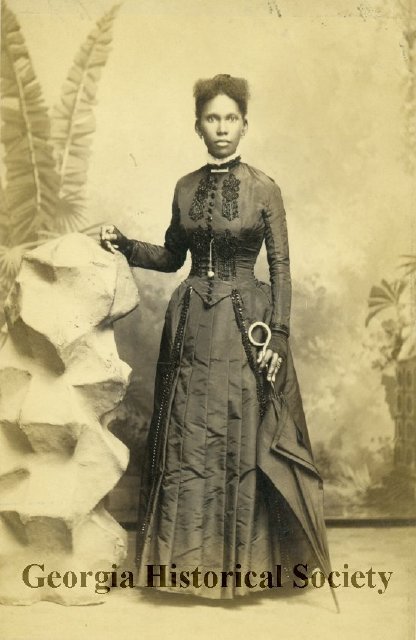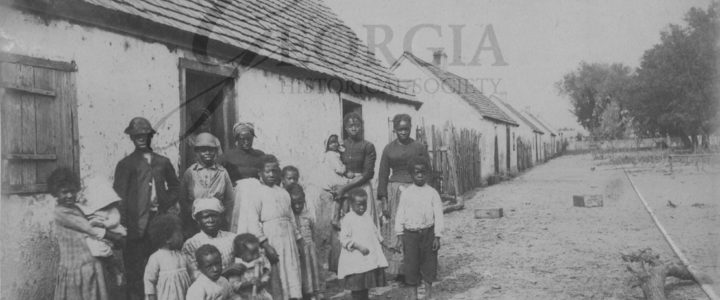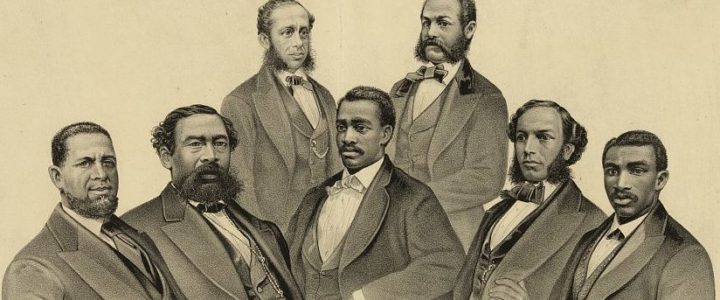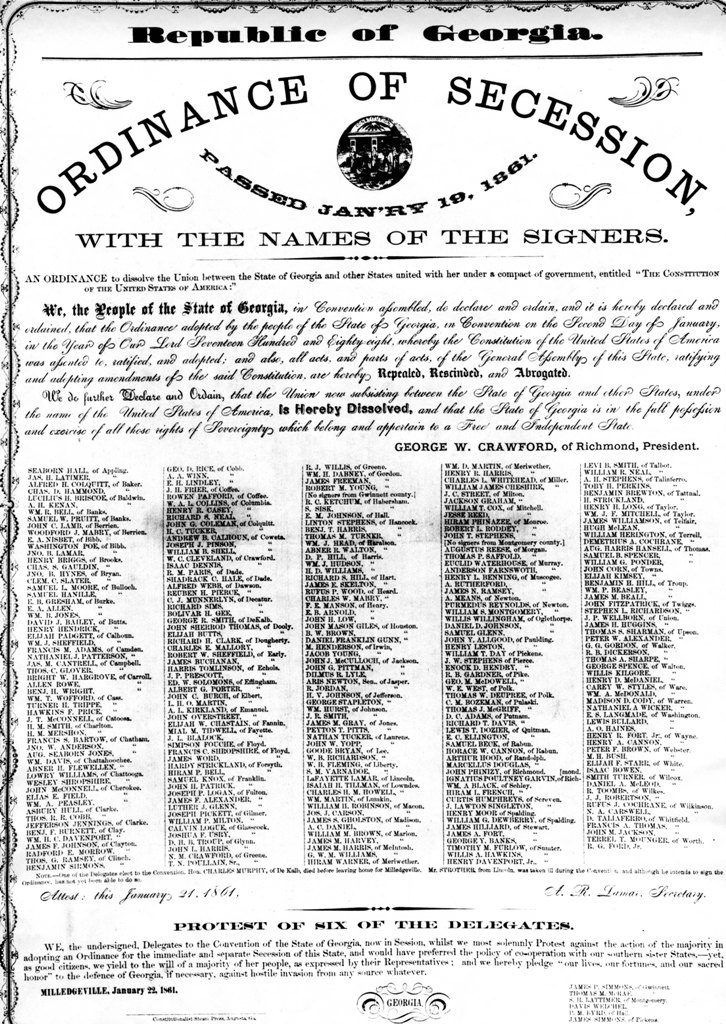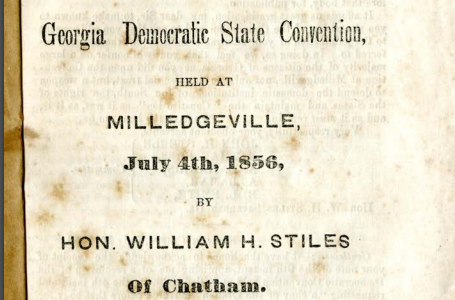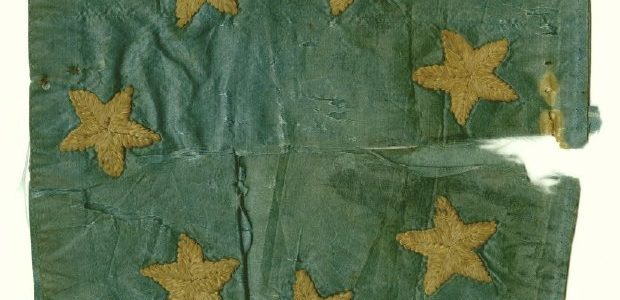“Lynch Law in Georgia” was published by the Colored Citizens of Chicago in 1882. Ida B. Wells was part of the Great Migration movement, in which African-Americans moved North in large numbers, looking for equality and opportunity outside of the South. Yet Wells did not cut ties with the South and continued to work toward justice for black Southerners even after she left.
“Lynch law in Georgia: a six-weeks’ record in the center of southern civilization, as faithfully chronicled by the “Atlanta journal” and the “Atlanta constitution”: also the full report of Louis P. Le Vin, the Chicago detective sent to investigate the burning of Samuel Hose, the torture and hanging of Elijah Strickland, the colored preacher, and the lynching of nine men for alleged arson” By Ida B. Wells. [Chicago: This pamphlet is circulated by Chicago colored citizens, 1899]. From the Library of Congress.
Click here to view the item description and plain text on the Library of Congress website


